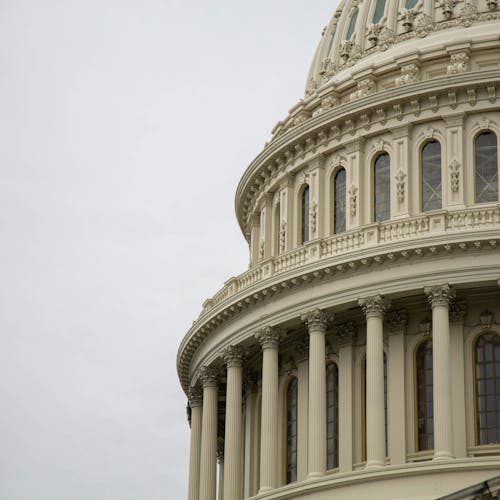Trigger warnings needed in classroom

Column | Nothing, If Not Critical
As any humanities student knows, studying art is an emotionally draining experience. At Rutgers University, for instance, literature courses often cover five to seven works per semester — which for many English majors, can include as many as 35 novels in four months! Indeed, humanities courses often ask their students to expose themselves to a variety of challenging narratives within a short period of time.
However, literature courses often examine works with grotesque, disturbing and gruesome imagery within their narratives. For instance, F. Scott Fitzgerald’s critically acclaimed novel, “The Great Gatsby,” possesses a variety of scenes that reference gory, abusive and misogynistic violence. Virginia Woolf’s famous cerebral narrative, “Mrs. Dalloway,” paints a disturbing narrative that examines the suicidal inclinations and post-traumatic experiences of an English war veteran. And Junot Diaz’s critically acclaimed work, “This is How You Lose Her,” observes domestic violence and misogynistic culture in disturbing first-person narrations.
As classic works of 20th and 21st century literature, these novels often appear within a variety of undergraduate courses across Rutgers University. And, indeed, many of these novels bring an invaluable perspective into undergraduate classrooms. Yet, to unfamiliar readers, the graphic content within these works often serve as trauma triggers. Survivors of domestic abuse, for instance, might experience traumatic memories from the controlling relationships found in “This is How You Lose Her.” Likewise, the examination of suicidal tendencies in “Mrs. Dalloway” may trigger painful memories for students suffering from self-harm. Within our classrooms, we must be aware of the fact that many of our students enter — and exit — our University with serious traumas, which can cause emotional or psychological distress within our own classrooms.
On a high school and middle school level, many educational administrators immediately tackle this problem by creating school-wide bans on controversial material. Books such as J.D. Salinger’s “Catcher in the Rye,” and Vladimir Nabokov’s “Lolita” have constantly faced censorship within American classrooms for their intellectual examination of Western socio-cultural issues — in the process, robbing our nation’s students of a valuable literary experience.
Artistic censorship poses a serious threat to American civil liberties. The discomfort caused by these novels, while honored, should never act as a justification for universal censorship. By restricting educational access to controversial material, our educational system suffers as a whole — preventing students from reading works that truly question our society and culture.
Reaching a compromise between protecting students and defending their civil liberties is imperative to fulfilling the educational potential of our University’s undergraduates. Within social justice circles, many activists have reached this compromise by implementing “trauma trigger warnings:” a safety system that allows full artistic expression, as well as psychological protection for those who need it.
Trauma trigger warnings are a minimalistic description that tag articles, literature and other works of art for traumatic content. These triggers can cover a variety of topics — from graphic violence to drug abuse — and are intended as vague, abstract descriptions of a work’s content. For instance, one trigger warning for “The Great Gatsby” might be: (TW: “suicide,” “domestic abuse” and “graphic violence.”)
Thanks to the vague tags within the warning, readers and unaffected students alike can approach a narrative without the plot being spoiled. Yet, at the same time, students who are unfamiliar with these works can immediately learn whether courses will discuss traumatic content.
Likewise, due to trigger warnings’ simplicity, professors can implement these triggers in various ways. During the beginning of a course, professors can add these warnings on their syllabi, informing students which books possess triggering material and which books are trigger-free. These simultaneously allows students to plan their reading schedule ahead of time for tackling triggering massages and/or discussing an alternate reading schedule with their professor at the beginning of the semester.
Professors can also dissect a narrative’s passage, warning their students which sections or volumes of a book possess triggering material and which are safer to read. This allows students to tackle passages that are not triggering but return to triggering passages when they are fully comfortable.
For many students, trigger traumas are daily, painful experiences. Individuals suffering from anxiety, post-traumatic stress disorder and obsessive-compulsive disorder — among many others — are often triggered in ways that are completely overlooked within the classroom. However, by creating trigger warnings for their students, professors can help to create a safe space for their students — one that fosters positive and compassionate intellectual discussion within the collegiate classroom.
Philip Wythe is a School of Arts and Sciences sophomore majoring in English with a minor in political science. Their column, “Nothing, if not Critical,” runs on alternate Tuesdays.



